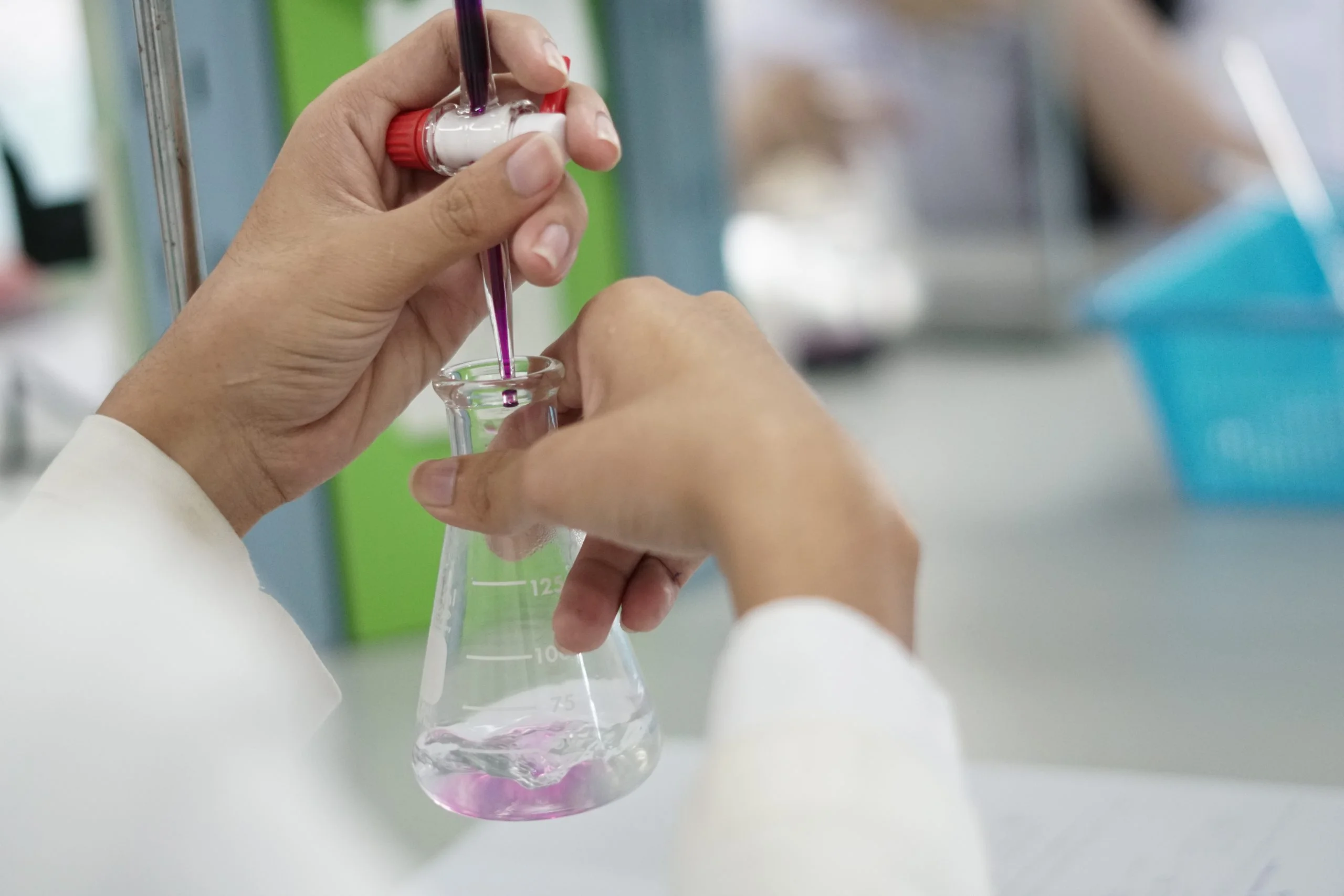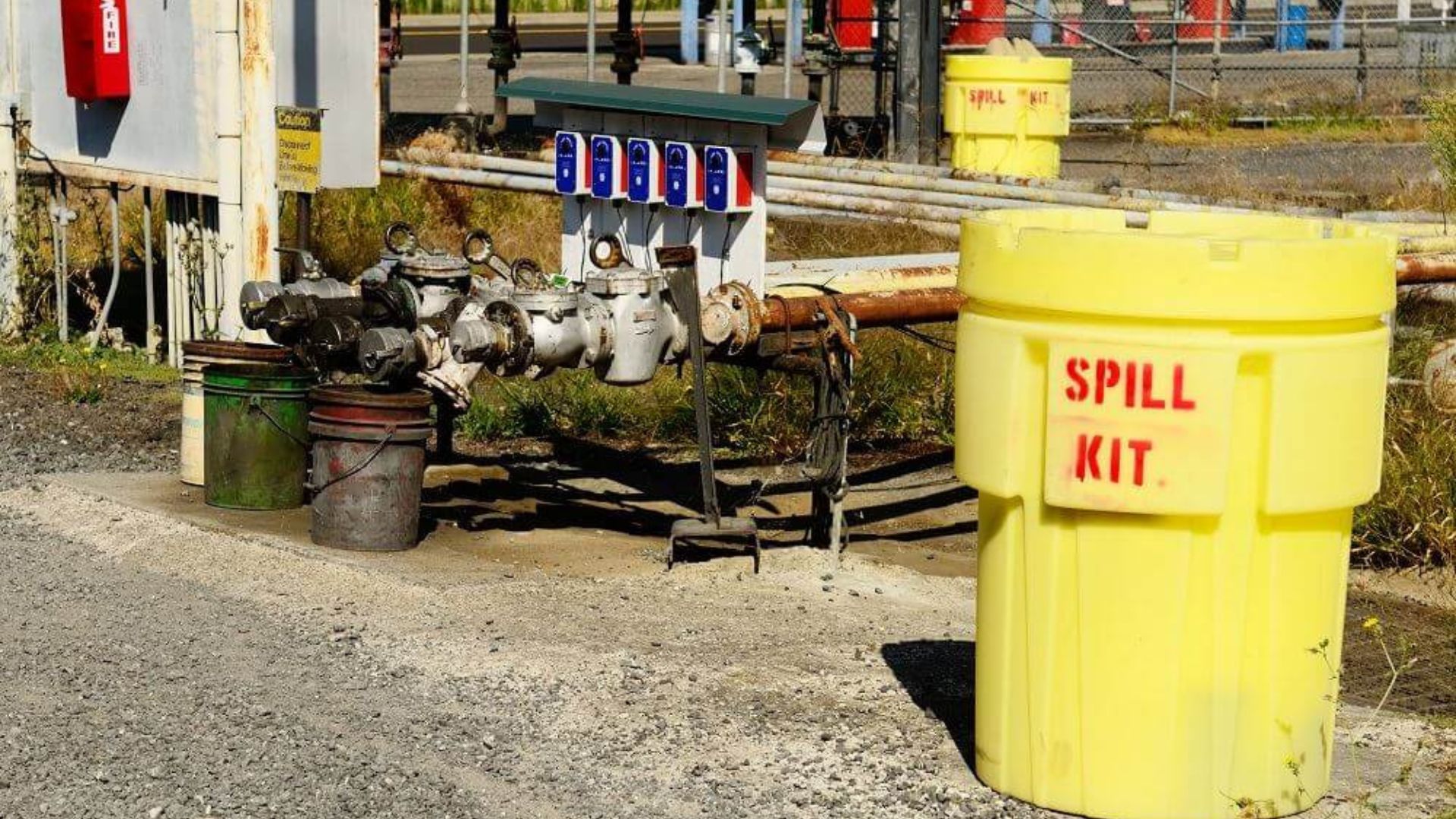Conducting a titration experiment accurately is essential for obtaining reliable results in any chemistry lab. A titration experiment involves the gradual addition of one solution to another until a chemical reaction is complete. In this article, we will explore the steps and tips to ensure you conduct a titration experiment accurately.
1. Gather All Necessary Equipment
Before starting your titration experiment, ensure you have all the necessary equipment. You will need a burette, pipette, conical flask, titrant solution, analyte solution, and an indicator. Having everything ready beforehand helps to avoid interruptions and ensures a smooth experiment.

Titration Experiment
2. Clean Your Equipment Thoroughly
Clean equipment is crucial for accurate titration results. Residue from previous experiments can contaminate your solutions and skew your results. Rinse your burette, pipette, and conical flask with distilled water before use. Additionally, rinse the burette with the titrant solution to ensure consistency.
3. Prepare the Titrant and Analyte Solutions
Prepare your titrant and analyte solutions according to the experiment’s requirements. Accurate preparation and measurement of these solutions are critical for reliable results.
4. Measure the Analyte Solution Accurately
Use a pipette to measure the analyte solution accurately. Transfer the measured analyte solution to the conical flask carefully.
5. Add an Appropriate Indicator
An indicator helps to determine the endpoint of the titration. Choose an appropriate indicator based on the type of titration you are conducting. Add a few drops of the indicator to the analyte solution in the conical flask. The indicator will change colour when the reaction reaches its endpoint.
6. Fill the Burette with the Titrant Solution
Carefully fill the burette with the titrant solution. Ensure there are no air bubbles in the burette, as they can affect the accuracy of your measurements. Record the initial volume of the titrant in the burette before starting the titration.
7. Perform the Titration Slowly
To conduct a titration experiment accurately, add the titrant solution to the analyte solution slowly. Use the burette to control the flow of the titrant. Swirl the conical flask continuously to mix the solutions properly.
8. Observe the Indicator’s Color Change
As you add the titrant solution, observe the colour change of the indicator. The colour change indicates that the reaction is nearing its endpoint. When the colour change becomes noticeable, add the titrant solution drop by drop to avoid overshooting the endpoint.
9. Record the Final Volume of the Titrant
The difference between the initial and final volumes gives you the volume of titrant used. This volume is crucial for calculating the concentration of the analyte solution.
10. Repeat the Titration for Accuracy
To ensure the accuracy of your results, repeat the titration experiment at least three times. Consistent results across multiple trials confirm the reliability of your measurements. Calculate the average volume of titrant used for the most accurate results.
11. Calculate the Concentration of the Analyte
Use the titration formula to calculate the concentration of the analyte solution. The formula is:
Concentration of Analyte=Volume of Titrant×Concentration of TitrantVolume of Analyte\text{Concentration of Analyte} = \frac{\text{Volume of Titrant} \times \text{Concentration of Titrant}}{\text{Volume of Analyte}}
Accurate measurements and calculations are essential for reliable titration results.
12. Use Proper Documentation
Document all your observations and results carefully. Proper documentation helps in analyzing your results and comparing them with theoretical values. It also aids in identifying any discrepancies or errors in the experiment.
13. Analyze and Interpret the Results
Analyze the results of your titration experiment to interpret the concentration of the analyte solution. Compare your results with expected values to assess the accuracy of your experiment. Identify any factors that may have affected your results and consider ways to improve accuracy.
14. Follow Safety Precautions
Safety is paramount when conducting a titration experiment. Wear appropriate personal protective equipment, such as gloves and goggles. Handle all chemicals with care and follow safety guidelines to prevent accidents.
15. Seek Guidance When Needed
If you encounter any difficulties during the titration experiment, seek guidance from a knowledgeable source. Consult your instructor, laboratory manual, or reliable online resources for assistance. Understanding the correct procedures ensures accurate and reliable results.
Conclusion
In conclusion, conducting a titration experiment accurately involves careful preparation, precise measurement, and meticulous observation. By following these steps and tips, you can ensure reliable results and gain a deeper understanding of the chemical reactions involved.



